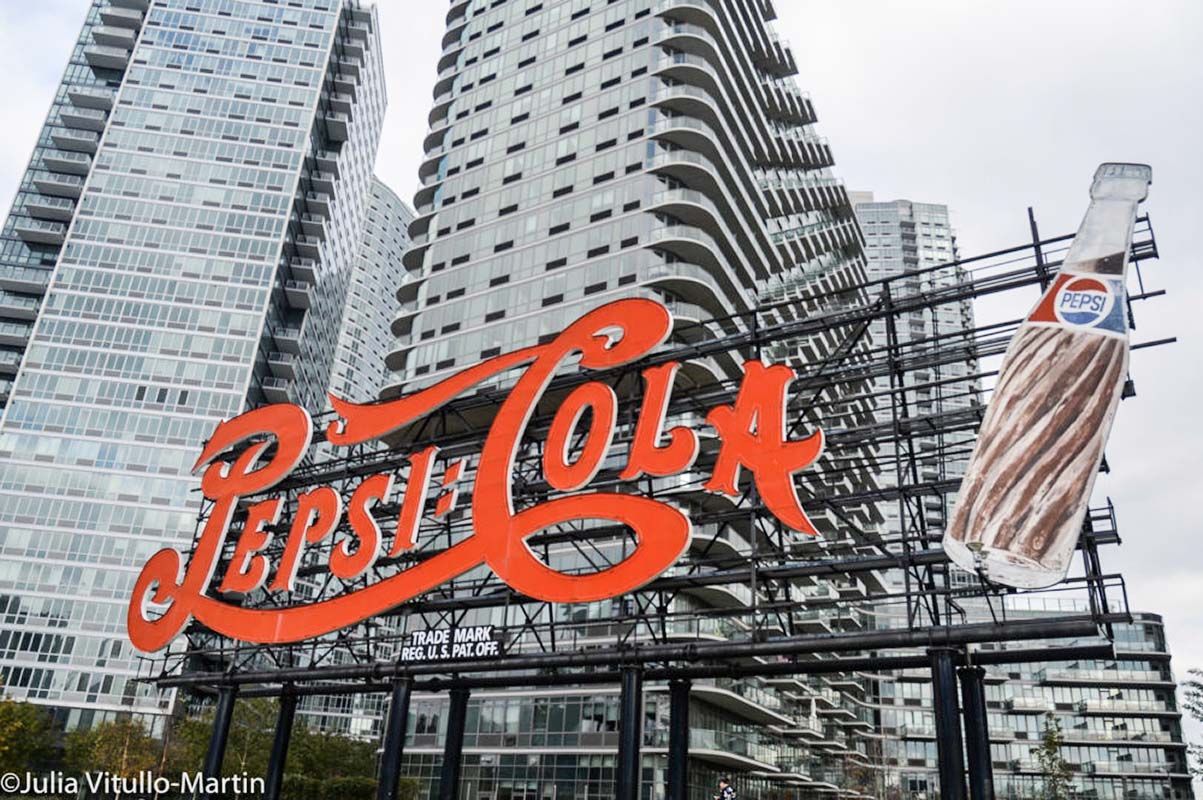This op-ed article is written by Julia Vitullo-Martin
A remnant of New York’s industrial past, Long Island City‘s Pepsi-Cola sign lights the way to Amazon. As New Yorkers debate whether their city—the nation’s richest by far—should subsidize Amazon—the nation’s richest company, headed by the nation’s richest man—the substantive issues surrounding the site itself and the proposed plans are getting short shrift. Money aside, is Amazon good for New York, and good for the booming but still funky and cool Queens neighborhood it covets, Long Island City?
State and city officials have agreed to reconfigure their long-standing plans for the Long Island City waterfront, relocate government facilities, including a distribution center for school lunches and a Department of Transportation garage, and give Amazon some $1.7 billion in incentives from the state and hundreds of millions more from the city. Jeff Bezos, Amazon’s CEO, will get a helipad so that he is not inconvenienced by the city’s infamous traffic congestion. And while Amazon will follow the city’s design guidelines, says the New York Times, “gone is the city’s vision of a mixed-use community filled with apartments, some of them for residents of more modest means. In its place will rise office buildings that will house 25,000 or more workers. The kayakers bobbing on the East River will now be joined by helicopters overhead.” In return, Amazon promises to create 25,000 jobs averaging salaries of $150,000 each, and build out some 4 million square feet of real estate. Should we be applauding this performance, or booing?
A Virtual Lab on the Queens Waterfront
In his most recent book, Building and Dwelling: Ethics for the City (Farrar, Straus and Giroux), sociologist Richard Sennett grapples with how urban design and development shape how we live with one another in cities around the world. The neighborhood of Long Island City—present and future—offers a virtual lab for what Sennett admires as well as what he reviles (although his book was published before the announcement). Sennett uses the words ‘closed’ versus ‘open’ to support his argument that cities need a different urban system with more interaction between a physical place (he prefers the French term, ‘ville,‘ for the concrete reality) and urban mentality (‘cité,‘ for life as it is led). “The ‘Closed City’ can be designed and operated top-down, engineered to suit the preferences of corporate chieftains and top officials. It is a city which belongs to the masters,” he writes, rather harshly. “The ‘Open City’ is a bottom-up place. It belongs to the people.” And in belonging to the people, the Open City is complex, conflictual, incomplete, and non-linear.

It’s clear from the official Memorandum of Understanding between New York State and City Governments and Amazon that this will be a top-down development. Huge billion-dollar developments invariably are. They shape their environments to conform to the closed systems that help them do business. Just as it has in Seattle, Amazon’s impulse will be to develop an over-determined, regimented, controlled, and regulated site. And it’s clear from walking the site and its neighborhood that the active, attractive Open-City development that Sennett admires in other world cities has been occurring for years in Queens. Amazon is a game-changer for the neighborhood, but will change be good or bad?
 Amazon CEO Jeff Bezos is said to be fond of food trucks, which are plentiful in his new neighborhood. This is Los Tacos Habanero.
Amazon CEO Jeff Bezos is said to be fond of food trucks, which are plentiful in his new neighborhood. This is Los Tacos Habanero.
As it now exists, much of Long Island City is a bottom-up place, with high-end residential and commercial towers built by disparate developers interspersed on the waterfront and on major interior streets and nearby glamorous businesses like Silvercup and Kaufman Studios. Hip bars and restaurants cluster around subway stops, as conventional planning wisdom says they should. Public transportation is theoretically excellent, so long as the MTA manages to implement its $40 billion Fast Forward program, as promised by transit president Andy Byford. Mayor de Blasio has pushed so hard for ferry services and for the Brooklyn-Queens Connector or BQX running along the East River that some wonder whether the Amazon deal was solidified much earlier than announced.
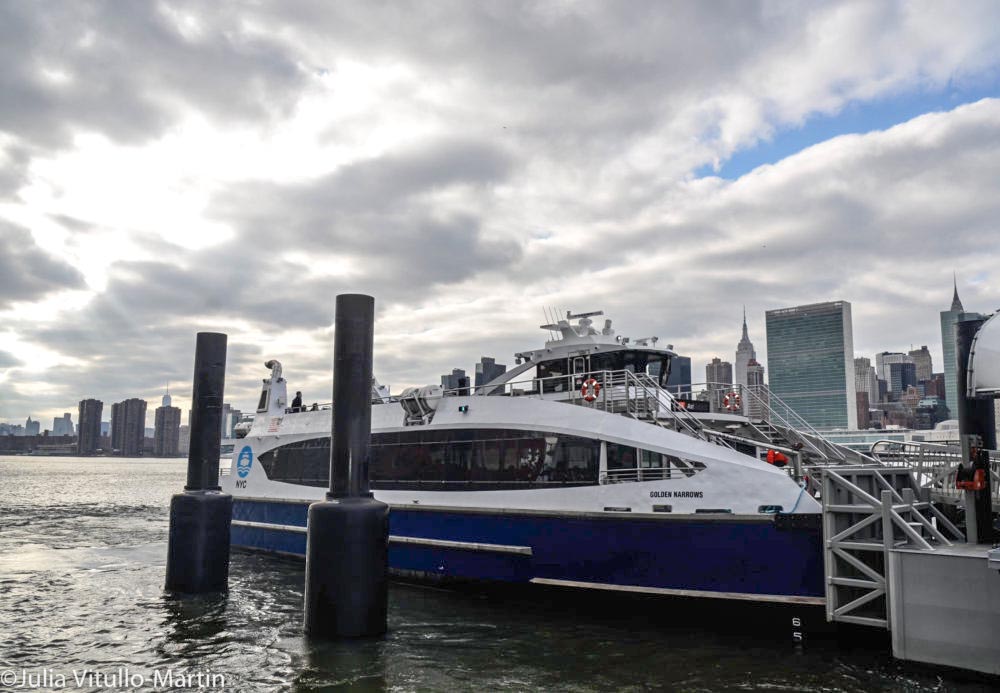 Long Island City is rich in public transportation options, including the NYC ferry.
Long Island City is rich in public transportation options, including the NYC ferry.
New Yorkers must be attentive to the natural corporate impulse to close and privatize the site, or what Amazon prefers to call its “campus.” It’s of some comfort that the city official in charge of negotiating with Amazon, Deputy Mayor for Housing and Economic Development Alicia Glen, knows this and emphasizes the importance of keeping the waterfront open and preventing what she calls a closed campus or a gated community. Excellent starting point.
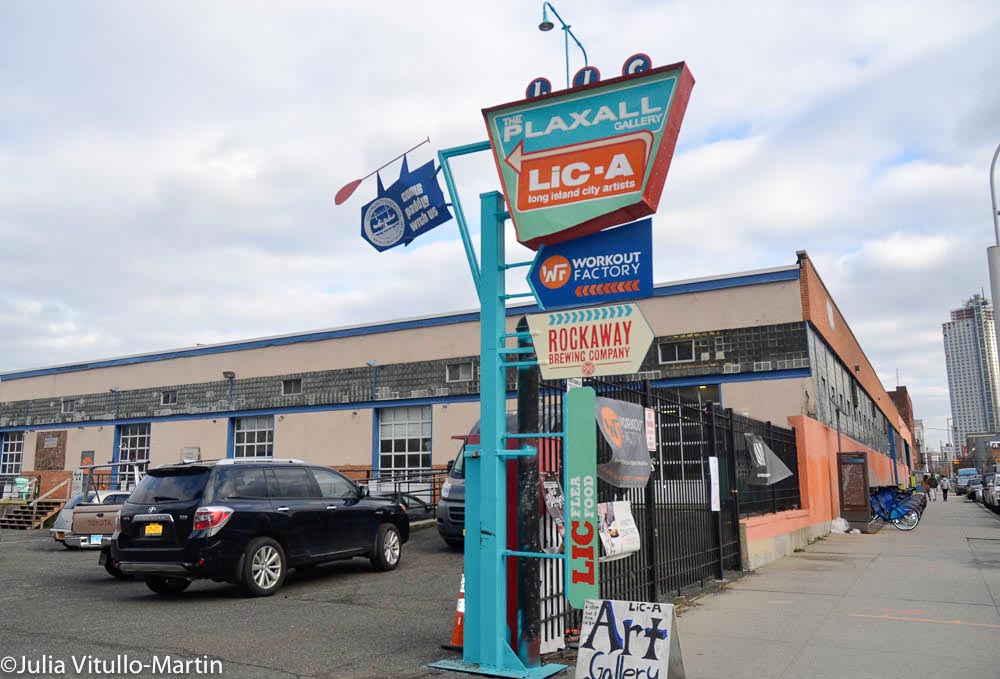 LIC has many small, innovative enterprises such as the Workout Factory, Rockaway Brewing Co, or Gallery that is named for major property owner
LIC has many small, innovative enterprises such as the Workout Factory, Rockaway Brewing Co, or Gallery that is named for major property owner
High Tech and Urban Living
But there’s more than technical planning issues, as Sennett points out with New York’s experience with a parallel corporation, Google, and its Chelsea building that he calls The Googleplex. I personally like the building, a former terminal for the Port of New York Authority, which before Google had long stood virtually empty.
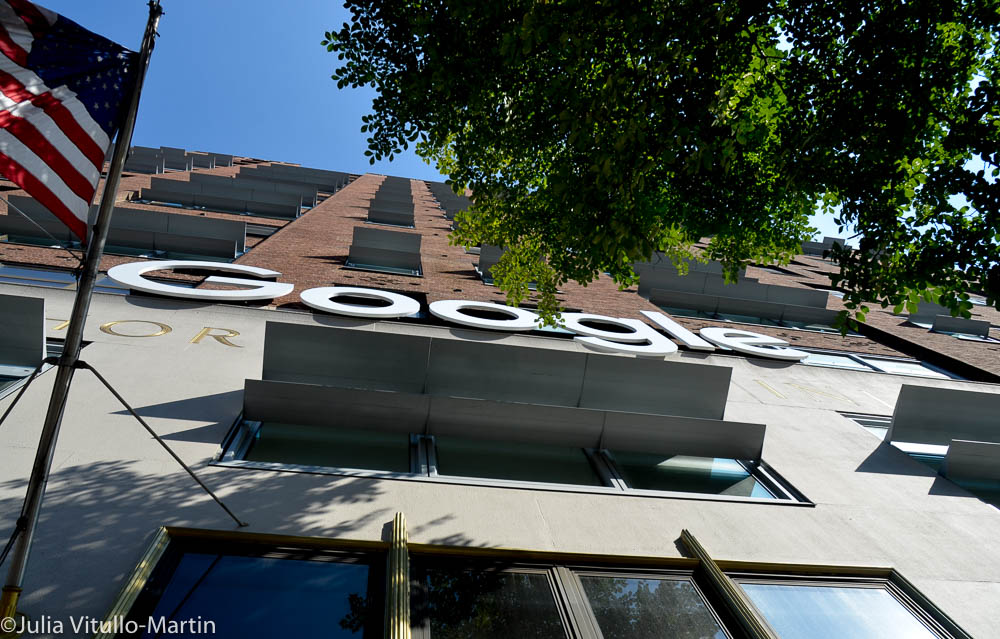 Google’s headquarters in Chelsea
Google’s headquarters in Chelsea
But the high tech economy, says Sennett, has moved from the open, Wild West state of its early years to a more closed condition that very much determines how it functions in a city. The Googleplex in Chelsea is a shell renovation, an elegant hollowing out of an elegant old building that has been reconstructed to shelter and care for the creative activities that have made Google an industry giant. Its inside is meant to be self-contained, says Sennet, housing everything any employee could want—laundry, doctor, massage therapists, gym, movie, food. Its 24-hour services “are the principal means of focusing people on life inside, minimizing non-corporate distractions,” a formula Sennett argues is derived from classic company towns of the industrial era, like Pullman in Illinois. He also believes that “Googalistas and their kind” have driven up housing prices in Manhattan and San Francisco. Certainly Amazonians are already driving up prices in Queens. But his real objection is that tech headquarters function as icons of privilege that not only do nothing for street life, but actually extract energy from the street by placing it all within. They are disengaged from the street outside.
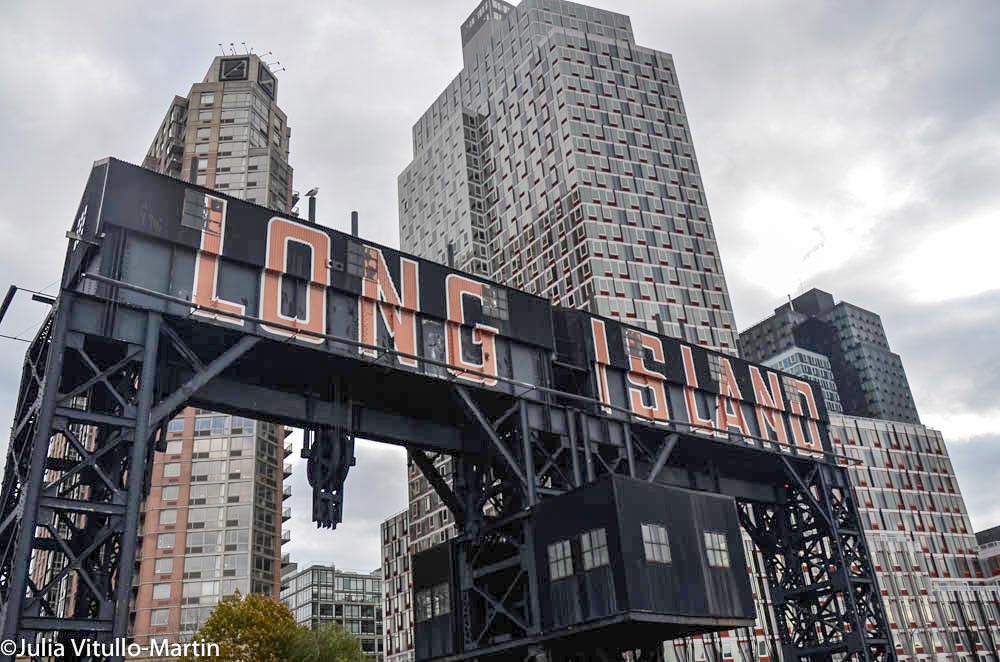
That may not be entirely fair, but what is clear is that energy on the street is crucial to Long Island City’s current and future success, and that the many local officials who oppose Amazon’s plans have local concerns similar to Sennett’s worldwide urban issues. “No secretive, undemocratic dealmaking. No bypassing community review,” says Queens Councilmember Jimmy Van Bramer, throwing down a gauntlet. A healthy neighborhood needs to be enacted by its citizens, argues Sennett, which is the next step for LIC.
Get in touch with Julia Vitullo-Martin @JuliaManhattan






